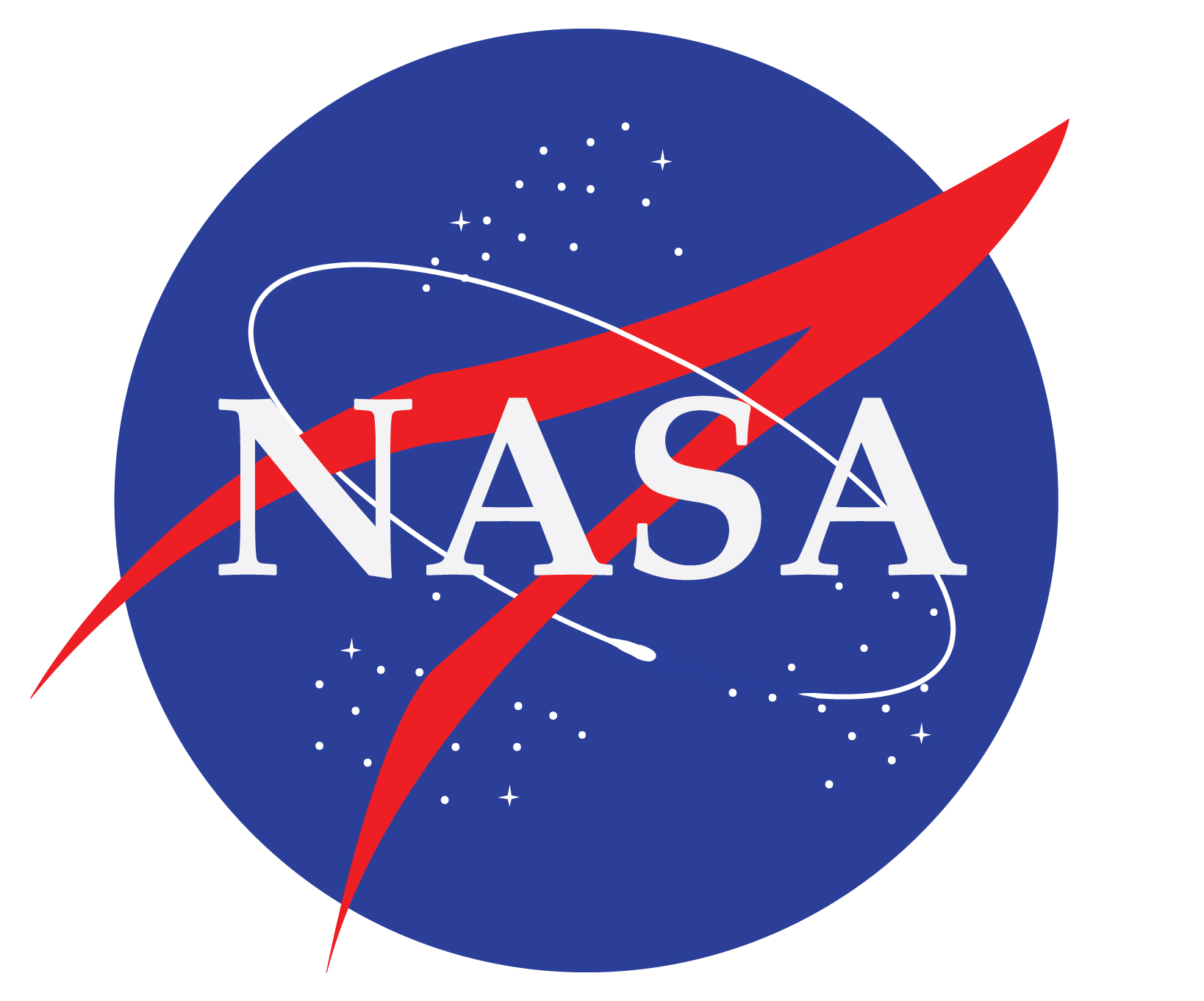Part 1 of 2 Parts
The International Space Station (ISS) is a habitable artificial satellite in low Earth orbit. The first component for the station was launched in 1998 and the last pressurized module was incorporated in 2011. Components are still being launched to be added to the ISS. The ISS is supposed to be in use until at least 2028.
“The ISS serves as a microgravity and space environment research laboratory in which crew members conduct experiments in biology, human biology, physics, astronomy, meteorology, and other fields.”
The ISS program is a joint project among five participating space agencies: the U.S. National Aeronautics and Space Administration, Russia’s Roscosmos, Japan’s Japan Aerospace Exploration Agency, the European Space Agency and the Canadian Space Agency.
The U.S. Trump Administration budget submitted last February called on NASA to end direct federal funding for the ISS by 2025 in order to free up funds for future NASA projects. At this time, NASA spends between $3 billion and $4 billion each year as its share of ISS operating expenses. Rather than cancel U.S. participating altogether, NASA proposed turning over operation of the ISS to commercial companies. A government auditor has just reported that it is unlikely that any commercial company could afford the huge operating costs of the ISS within the next six years.
NASA’s Inspector General, Paul Martin, appeared before a Senate space subcommittee hearing on May 16th to share his concerns about the planned ISS transition. The hearing was chaired by Senator Ted Cruz (R-TX) and Senator Bill Nelson (D-FL). Martin said that there is just no “sufficient business case” that could be made for a space industry company to take over the ISS’s annual operating budget which is expected to reach $1.2 billion by 2024. Industries such as space research and development and space tourism have not yet taken off. The private space industry is not very interested in using the ISS for research or profit. Martin said, “Candidly, the scant commercial interest shown in the station over its nearly 20 years of operation gives us pause about the agency’s current plans.”
Martin went on to say that transitioning the ISS to the private sector would probably not save NASA much money. NASA would still continue to launch astronauts and cargo to the ISS and return astronauts and cargo back to Earth. Launching payloads into low Earth orbit is not cheap. In fiscal year 2018, NASA spent $1.7 billion on transportation to and from the ISS. So, ending direct federal funding of the ISS will not free up $3 billion to $4 billion as might be expected.
Martin said that there was an obvious alternative for NASA. The U.S. should extend federal funding beyond 2024 which is the year that the ISS programs budget is scheduled to end. Martin pointed out that many of NASA research goals for the ISS will not be completed by 2024. If funding is extended, then NASA will be able to finish its current research projects. Boeing built most of the ISS and says that the ISS should be able to last until 2028 without the need for major maintenance.
Please read Part 2
